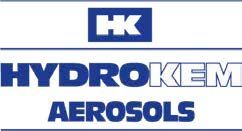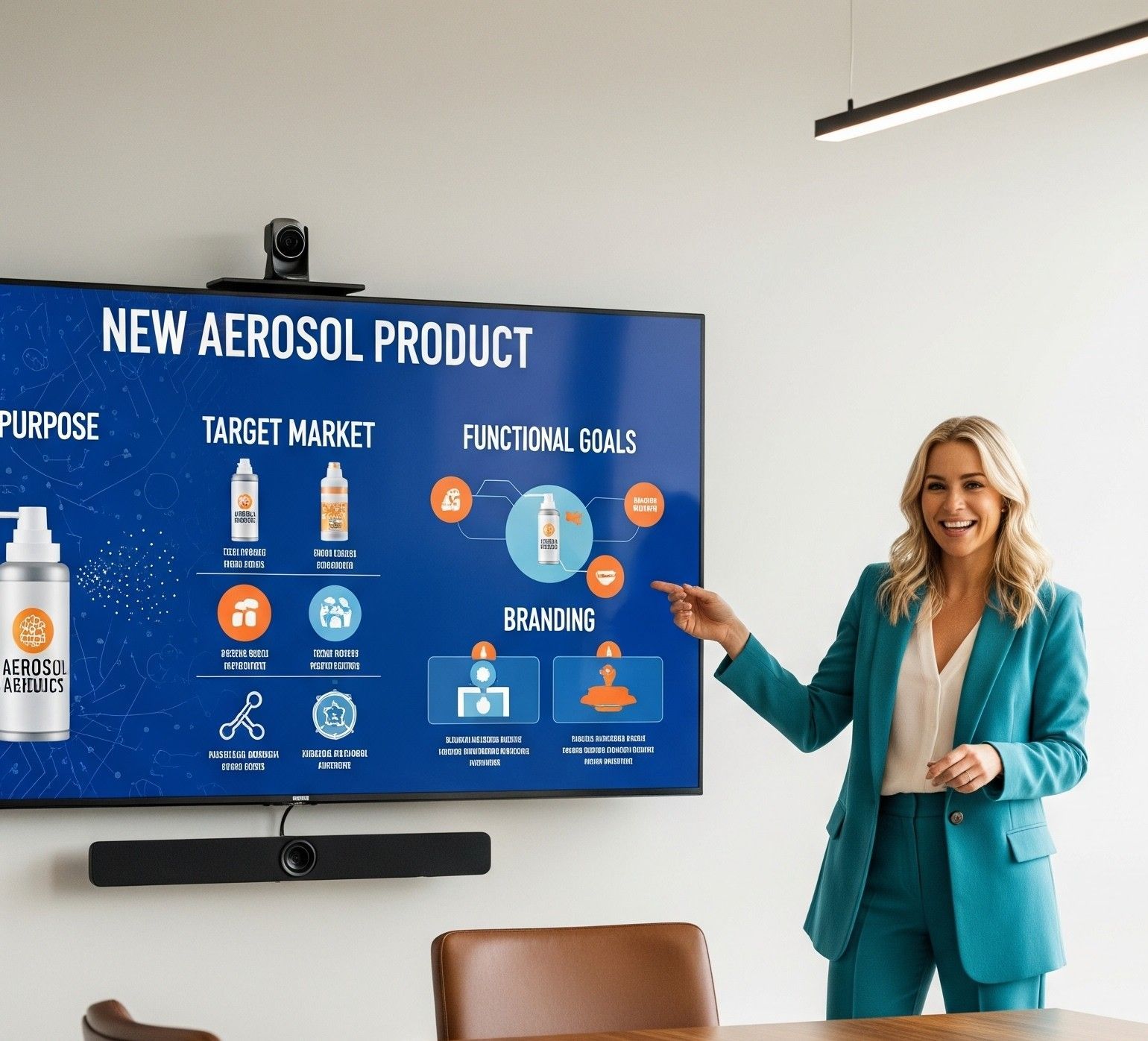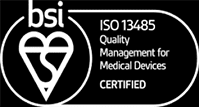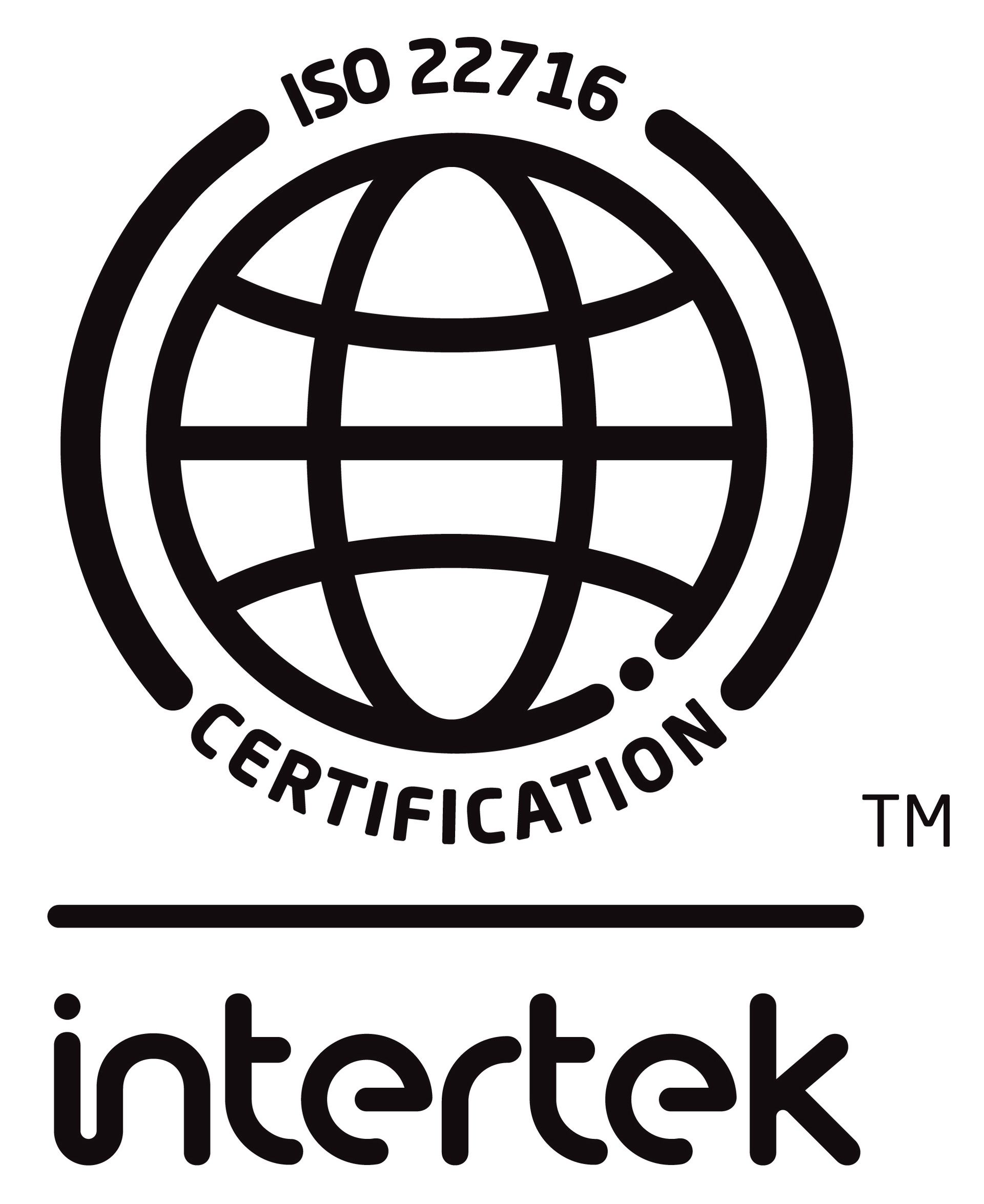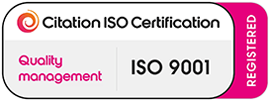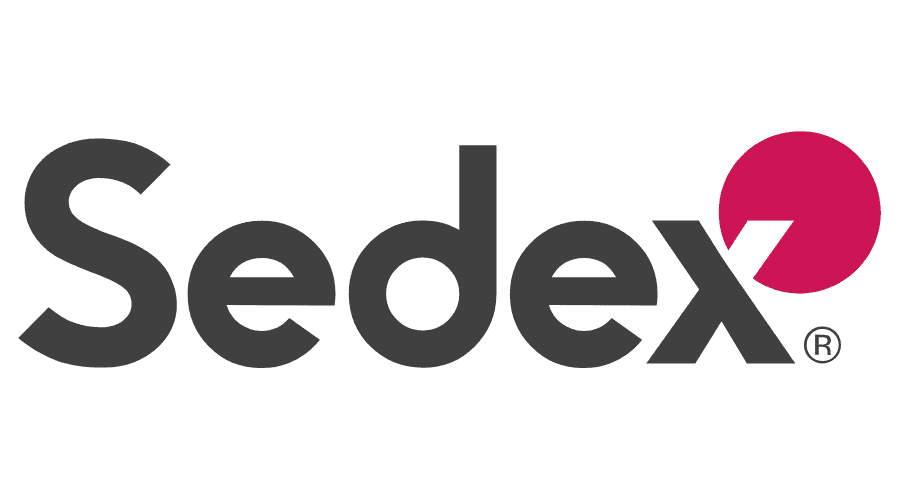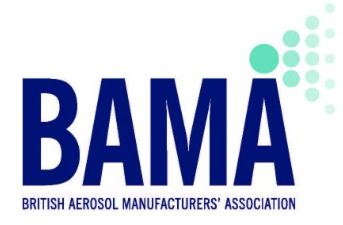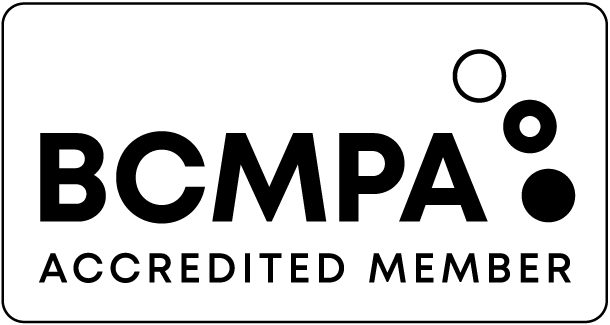From Concept to Customer: Packaging & Branding Journey in Private-Label Aerosols
The journey of a private-label aerosol product is a carefully orchestrated process that blends science, design, and marketing. From the initial concept through formulation, branding, and packaging, every step must align with your brand vision and end-user expectations. At Hydrokem, we support businesses through this full lifecycle—turning their ideas into shelf-ready aerosol products that resonate with consumers.
1. Concept Development
The process begins with a clear brief: What’s the purpose of the product? Who is the target market? What are the functional and branding goals?
At this stage, Hydrokem works closely with clients to define:
- Product type (e.g., air freshener, surface cleaner, personal care)
- Functional requirements (scent, spray pattern, duration, etc.)
- Sustainability and compliance goals
- Price point and commercial positioning
We use this input to develop a tailored proposal, including initial technical guidance and commercial feasibility.
2. Formulation & Product Testing
Once the concept is defined, our formulation chemists develop a custom blend that delivers on performance, safety, and cost-efficiency. Clients can choose from existing proven formulations or opt for a bespoke recipe.
All products undergo:
- Laboratory testing for stability and compatibility
- Safety and regulatory compliance (e.g., CLP, REACH, BPR where applicable)
- Performance validation based on end-use conditions
Testing also includes packaging compatibility to ensure the aerosol valve, propellant, and canister all work together seamlessly.
3. Packaging Selection & Sourcing
Packaging is a critical brand touchpoint. At this stage, clients select:
- Can size and shape (e.g., 150ml, 300ml, 500ml)
- Actuator and spray type (mist, foam, directional spray)
- Materials (tinplate, aluminium)
- Special finishes (matt, gloss, metallic)
Hydrokem sources and tests all packaging components, ensuring they align with your brand goals, regulatory requirements, and environmental objectives. Where possible, we also advise on recycled content and recyclability.
4. Branding & Label Design
Design and branding are central to private-label success. We provide full design support, or we can work with your own creative team to:
- Develop eye-catching labels and wraps
- Ensure artwork meets legal labelling requirements (e.g., hazard symbols, INCI lists)
- Create barcodes and batch identification systems
We also help clients optimise their branding for retail, B2B, or eCommerce environments—ensuring products not only comply but also convert.
5. Filling & Quality Assurance
Once the product is approved and packaged, the aerosol is filled at our UK manufacturing facility under strict quality controls. Key stages include:
- Propellant and liquid filling
- Crimping and pressure testing
- Leak detection and batch coding
- Final packaging for transport or storage
Each unit is subjected to rigorous quality checks to ensure consistency, performance, and safety before dispatch.
6. Distribution & Customer Launch
With filling complete, the product is ready to go to market. Whether you sell via wholesalers, own-brand retail channels, or online, Hydrokem offers flexible distribution support:
- Direct delivery to warehouse, 3PL, or retail partner
- Branded delivery notes and documentation
- Ongoing support for replenishment and reorders
We can also support with marketing assets such as product descriptions, datasheets, and regulatory documents for listings and B2B tenders.
FAQs about Packaging & Branding Journey in Private-Label Aerosols
What makes private-label aerosols different from off-the-shelf products?
Private-label aerosols are uniquely tailored to reflect a brand’s identity and business goals, unlike off-the-shelf aerosol products which are mass-produced under a generic or established label. With private-labelling, you have control over nearly every aspect of the product—from formulation, fragrance, and function to branding, packaging design, and even messaging. This enables businesses to offer products that align more closely with their customer base, whether they’re in retail, hospitality, automotive care, or personal grooming.
Another major difference is exclusivity. Private-label products help businesses build brand loyalty by offering something customers can’t get from competitors. They also often come with higher profit margins, especially when sourced directly from a contract manufacturer like Hydrokem that manages production efficiently.
Moreover, private-label products can be adapted quickly to market trends or customer feedback. Want a new scent? A seasonal edition? A sustainability-focused reformulation? These changes are far easier to make than with third-party branded items. You can also build long-term equity in your brand, turning single-purchase customers into repeat buyers.
At Hydrokem, we guide you through each stage—from concept to compliance—so you’re not just buying a product, but creating a brand experience built around your specific vision.
How long does the entire private-label aerosol development process take?
The full lifecycle of a private-label aerosol project—from initial concept to customer-ready product—typically takes between 8 and 16 weeks, although this can vary depending on complexity and client responsiveness. Here’s how the timeline often breaks down:
Initial Consultation & Concept Development (1–2 weeks): This includes defining the product purpose, target audience, and initial technical brief.
Formulation (2–4 weeks): If a custom formula is needed, this process includes lab development, safety assessments, and performance testing. Pre-approved formulations are faster.
Packaging Selection & Branding (2–3 weeks): Selecting cans, actuators, and designing the label can proceed in parallel. More time is needed for custom or imported packaging.
Artwork Approval & Compliance Checks (1–2 weeks): Label artwork must comply with regulations (CLP, REACH, etc.), which may involve several rounds of feedback.
Component Procurement (1–3 weeks): Depending on availability, standard components are quicker to source than custom-designed parts.
Filling & QA (1–2 weeks): Once materials are in place, manufacturing can begin. Each product batch goes through quality assurance and pressure testing.
Hydrokem streamlines the process by managing many tasks simultaneously. Faster timelines are possible if you use standard packaging and proven formulas.
Can I supply my own packaging or artwork?
Yes, Hydrokem welcomes client-supplied packaging and artwork, as long as it complies with technical and safety standards. Many clients prefer to use their own creative agencies or established packaging suppliers to maintain brand consistency across different product lines. If you already have a design team or packaging partner, you’re free to bring those assets into the project.
However, there are several key considerations. All third-party packaging components must be compatible with aerosol filling and propellant systems. This includes can dimensions, valve configurations, and spray actuators. Our technical team will assess these elements to ensure they meet our quality, safety, and compatibility requirements.
Similarly, supplied artwork must be formatted to our specifications. We provide label templates, regulatory zones (e.g. where CLP symbols or hazard information must go), and guidance on DPI, bleed, and text legibility. Even if your design is final, it may need slight adjustments to comply with legislation such as the Classification, Labelling and Packaging (CLP) regulation or the Biocidal Products Regulation (BPR), if applicable.
If desired, our regulatory and design teams can work directly with your designer to finalise compliant artwork. Ultimately, we aim to give you creative freedom while ensuring the end product meets all safety and legal standards.
How do I ensure my private-label aerosol is legally compliant?
Ensuring regulatory compliance for private-label aerosols involves multiple checks across formulation, labelling, and documentation—each of which Hydrokem handles as part of our end-to-end service. The key legislation affecting aerosols in the UK and EU includes CLP (Classification, Labelling and Packaging Regulation), REACH (Registration, Evaluation, Authorisation and Restriction of Chemicals), and BPR (Biocidal Products Regulation) if your product is antimicrobial or disinfectant in nature.
The process begins during formulation. Our chemists ensure each ingredient is permitted and used within regulatory thresholds. Safety Data Sheets (SDS) are prepared for every blend, detailing hazards and usage precautions.
When it comes to labelling, our regulatory experts make sure all mandatory elements are included—such as hazard pictograms, signal words, ingredient declarations (INCI), and precautionary statements. We also handle Poison Centre Notifications (PCNs) for relevant markets, if required.
Batch coding and traceability are maintained throughout production, helping you remain audit-ready and legally protected. If you plan to export, we can support the creation of compliant foreign-market labels.
With Hydrokem’s compliance systems in place, you’re not just producing an attractive product—you’re launching one that meets the latest legal standards and protects your brand from costly enforcement actions.
Is there a minimum order quantity (MOQ) for private-label aerosols?
Yes, there is typically a minimum order quantity (MOQ) for private-label aerosol production, which helps ensure manufacturing efficiency and cost-effectiveness. At Hydrokem, our standard MOQ usually begins at around 5,000 units per SKU. This threshold covers the cost of setting up production lines, sourcing packaging components, conducting quality assurance testing, and managing logistics effectively.
That said, MOQs can vary depending on the formulation and packaging used. For instance, using a stock formulation with standardised packaging components may allow for slightly lower MOQs, especially during trial or pilot production runs. On the other hand, if you’re requesting a fully bespoke formulation, custom-sourced cans or actuators, or special print finishes (like metallic inks or embossing), the MOQ may be higher due to supplier constraints and setup costs.
We’re happy to assess your individual needs and suggest the most flexible path forward. For brands just starting out, we sometimes offer test runs or phased production cycles to build confidence and test product-market fit. MOQs can also be reduced over time if you commit to larger volumes annually. The goal is to create a commercially viable product that also works within your operational and sales capabilities.
